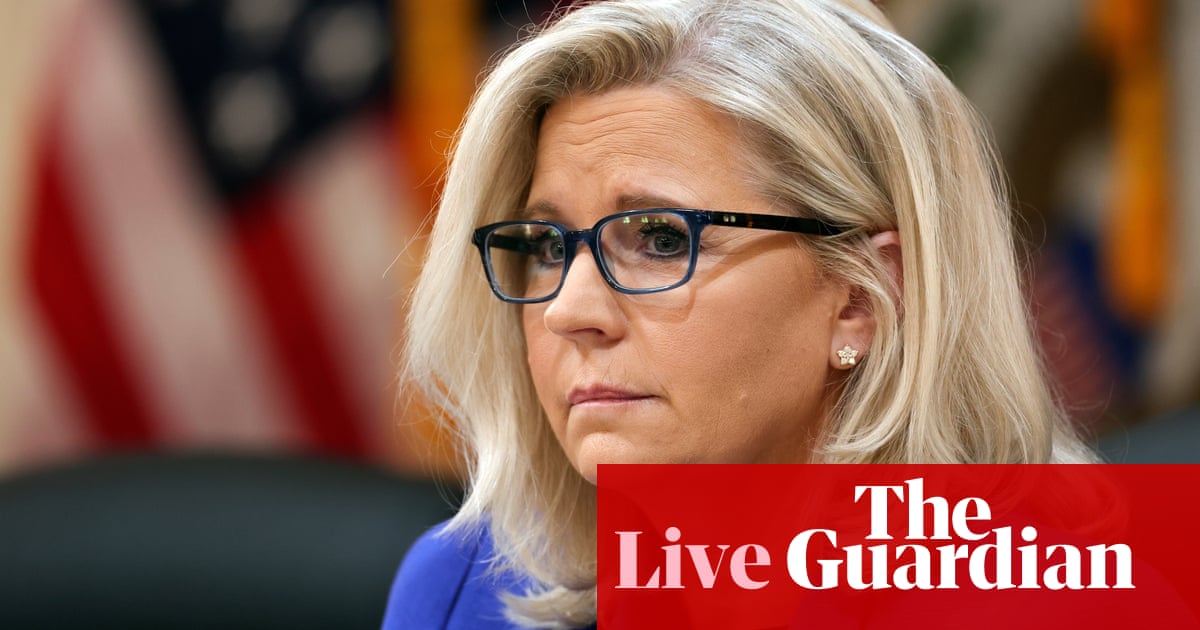On a crisp winter morning in San Francisco, a team of six-year-olds declare that their favorite fruits and vegetables are peaches and broccoli – but then again, they have yet to venture out into the farmers’ market where produce they have never tried before awaits them. With handfuls of tokens, they will purchase persimmons, pomegranates, Asian pears, purple potatoes, kale and more from the farmers who grew them – then embark on a tasting journey, featuring new and familiar spices.
The first-graders are visiting the Ferry Plaza Farmers Market – a Bay Area institution that draws more than 100 farmers to San Francisco’s waterfront three days a week – with 22 of their classmates from Lincoln elementary. That morning, the children had ridden the subway from their school in Oakland’s Chinatown into the city with parent chaperones and their teacher, Kitty Chen.

Chen has taken previous classes on this field trip, and she’s thrilled to be doing it again. She knows that at this age, her students are prone to becoming picky eaters – but what is cooked at home and what they try at school can change that. The hope is that after this field trip, when the cafeteria serves up an unfamiliar veggie or they’re offered a new fruit, the students might be a little more willing to take a bite.
The trip is sponsored by Foodwise Kids, a nutrition and wellness program for elementary school students in the San Francisco Bay Area coordinated by the 30-year-old non-profit Foodwise. Since the program’s launch in 2012, it’s brought more than 20,000 local students out to the farmers’ market to learn about the food system. It’s focused primarily on schools with a high percentage of students of color or kids eligible for free or reduced-price school meals, and education director Tiffany Chung says the aim is to get “students excited about eating fruits and vegetables” in the hopes that “they’ll incorporate them into their daily life and eventually lead to longer-term healthy eating options”.


When Chen’s class of first graders descend on the Ferry Plaza market in December, bundled in jackets and toting backpacks featuring Chinese and American cartoon characters, they are divided into three small groups – which the students later nickname the Strawberry-Raspberries, the Cherries and the California Columbines. At folding tables, they introduce themselves to Foodwise’s staff and volunteers, and name their favorite fruits and vegetables. Chung jumps in for a moment to speak Mandarin with one student who doesn’t feel comfortable speaking English – she notes that many of the program’s volunteers are bilingual, usually in Spanish, to support the city’s diverse youth.
While the majority of the classmates in her group prefer peaches, Temnit Desta says her favorite fruit is lemons. “She likes sour,” her mom, Tehesh Hadush, explains. Although Temnit was born in California, her family is from Ethiopia and she has grown up eating lots of spicy foods.

In their small groups, the Lincoln elementary schoolers take off with $12 of market tokens to spend. The first stop is farmer Bill Crepps’ booth. The owner of Everything under the Sun has been making the hour drive to the Ferry Plaza market from his farm in Winters, California, for more than 27 years. Seeing the kids – whom, he notes, prefer kale and broccoli in the winter, but can sometimes be talked into trying arugula – “makes this market more than just a market”, he says.
Crepps has been coming to the market almost since its founding. In 1993, just a few years after the Loma Prieta earthquake devastated the highway running along San Francisco’s coast, community groups began discussing ways to connect downtown with the waterfront – and settled on a farmers’ market. Another aim was to educate urban dwellers about California’s farmland and sustainable agriculture while providing access to healthy, fresh produce. To this day, the market prioritizes urban families – not only by accepting Snap, previously known as food stamps, but by matching every dollar spent so families can double their Snap spending up to $15.

After they’ve filled a basket with produce – so much that the six-year-olds are carrying the basket in teams of two – the small groups take off for a quick tour of the Ferry Building. When they return, Chung and other volunteers lead the groups in a game guessing which season different crops grow in. As they play, youth education manager Marcelo Clark starts chopping and roasting different trays of the produce – washing raspberries, flavoring cauliflower with jerk spice and roasting potatoes with cumin. He aims to use a mix of spices the children may have already tried at home – and others that might be new to them.
“A lot of our students are newer to America, and may not speak English,” says Chung, but at the market “they’re able to see produce that is familiar to them”. “They’re able to point out: ‘I know this. This is cilantro. I have this on tacos.’ Or: ‘I eat bok choy. I’ve seen that before.’”

When the food has been prepared, Clark carries trays of fruit and both raw and roasted veggies out to the class. The students dive into the purple potatoes, carrots, brussels sprouts, kale and cauliflower – but are more hesitant to try hummus and raw broccoli. Although her classmates and their parents exclaim at the fresh persimmon, Temnit is wary of the unfamiliar fruit.
“Today is all about trying new things and giving things a chance,” Chung reminds the class, gently encouraging them to try just the smallest bite of everything.

“When students are unfamiliar with a fruit and vegetable, there is a lot of hesitation. We try to create this safe space where we’re telling them: ‘It’s OK if you don’t like it. The whole point is just to try it,’” she says later, explaining that sometimes she’ll challenge students to join “the One-Bite Club” or to watch their peers when a classmate is enjoying a food. “Just making it a really fun experience and gamifying it” works really well, she says.
By the end of the class, Temnit will be asking for more persimmon, and one of her classmates will be racing around trying to finish everyone’s leftover pomegranate seeds.

 1 month ago
27
1 month ago
27













































